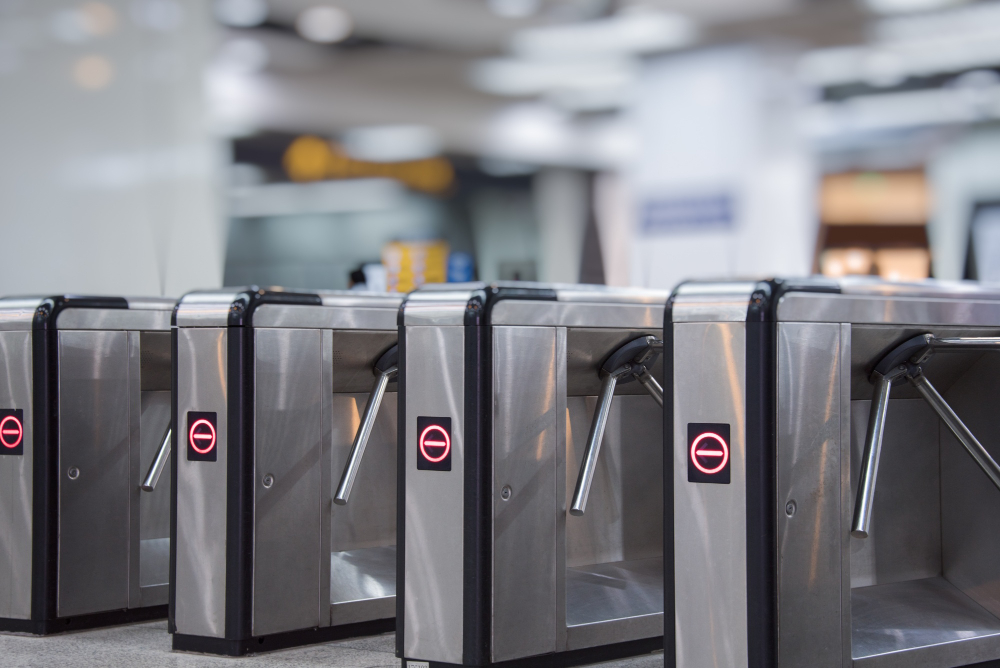EU Institutions Agree to Gradual Implementation of Entry/Exit System
Key Highlights
-
The EU Council and Parliament have agreed on a phased rollout of the Entry/Exit System (EES).
-
Member states will have up to 180 days to fully implement the system and register all travellers.
-
The EES will collect and store entry/exit records, biometric data, and passport details of non-EU nationals entering the Schengen Area.
EU Council and Parliament Approve Phased Launch of Entry/Exit System
The European Union Council and Parliament have reached a consensus to implement the Entry/Exit System (EES) in stages at the bloc’s external borders.
This gradual deployment aims to enhance border security while allowing border authorities and transport operators additional time to adapt to the new system's technical and operational requirements.
"Thanks to this agreement, member states will be able to deploy the new border management system for registering the entry and exit into the Schengen area of non-EU nationals. This is good news and will support our efforts to keep our borders safe."
— Tomasz Siemoniak, Polish Minister of the Interior and Administration
Once fully operational, the EES will digitally track the entry and exit of third-country nationals entering the Schengen Area for short-term stays. It will collect biometric data—fingerprints and facial images—as well as passport information, regardless of whether a traveller is subject to visa requirements.
Additionally, the system will grant EU countries real-time access to personal and travel data of non-EU nationals, enabling better monitoring of overstays and fraudulent identities.
EU Commissioner for Internal Affairs and Migration, Magnus Brunner, emphasised the urgency of launching the system:
"For the first time, we will have real-time, complete, and reliable information on who enters and leaves the Schengen Area. This will help us close gaps in the current system and strengthen mutual trust among the Member States."
How the Gradual Implementation Will Work
Under the agreed plan, each member state will be allowed a 180-day transition period to implement the EES, avoiding a simultaneous and potentially disruptive launch across the bloc.
-
By Day 30: At least 10% of border crossings must be recorded in the system.
-
By Day 90: 35% of entries must be logged, and biometric functions must be active.
-
By Day 180: Full implementation is expected, with all border crossings registered through the EES.
Importantly, this gradual rollout is optional. Member states that prefer to activate the EES in full from day one may choose to do so.
While no official start date has been confirmed, Polish Minister Siemoniak hinted at an autumn timeline, stating, “October is our horizon,” suggesting that the EU is targeting a fall 2025 launch for the new system.

